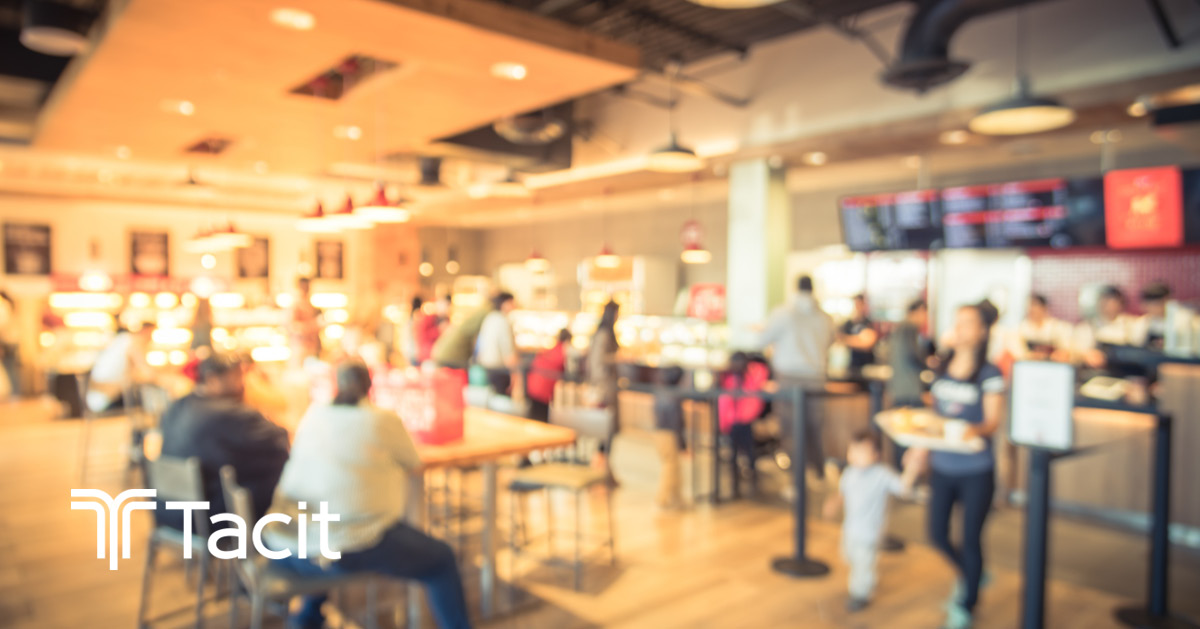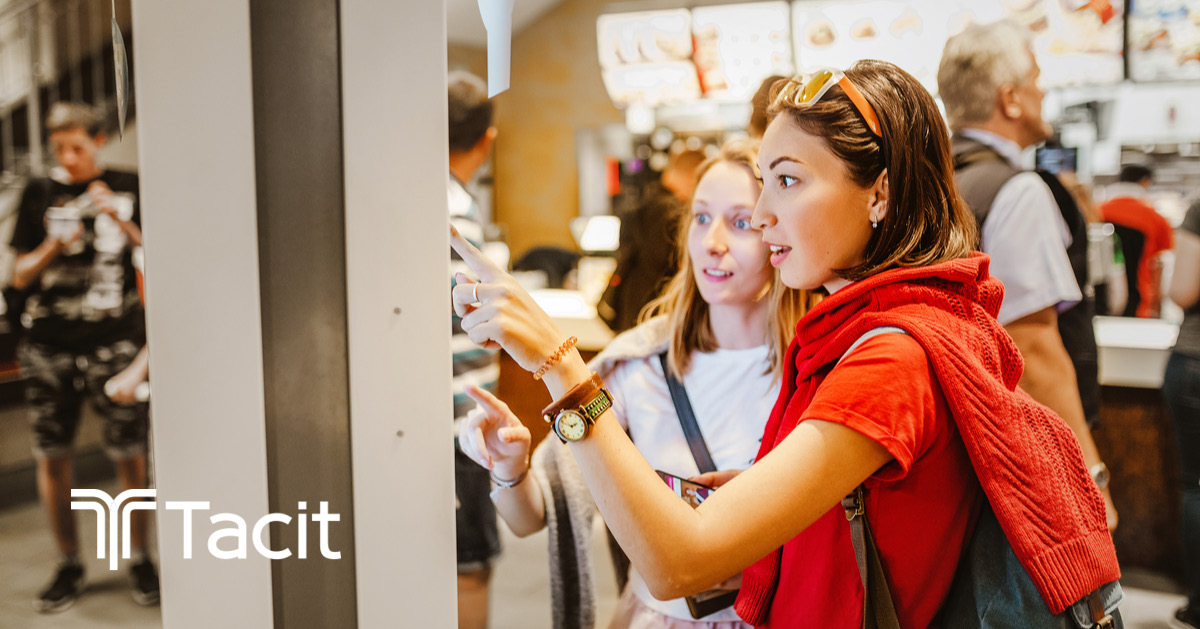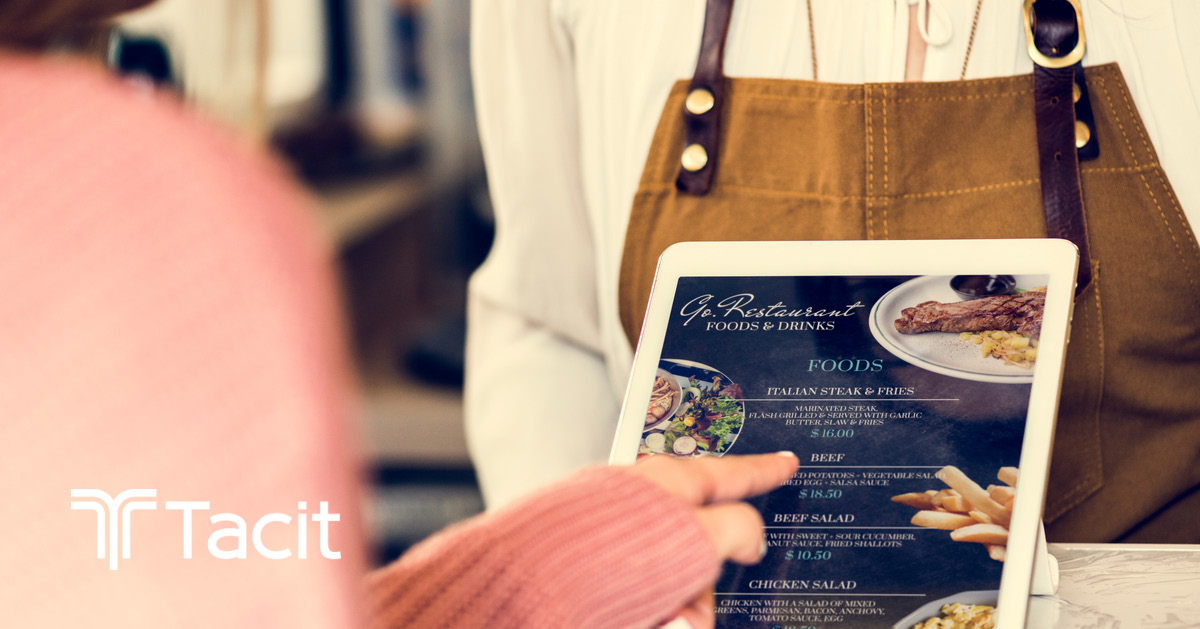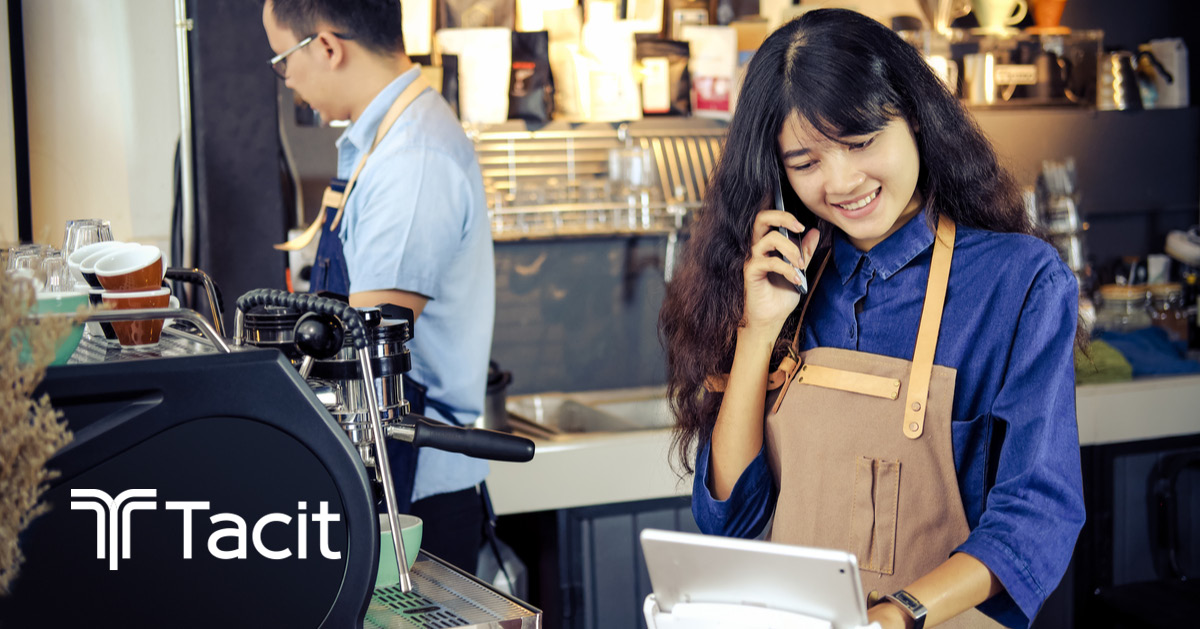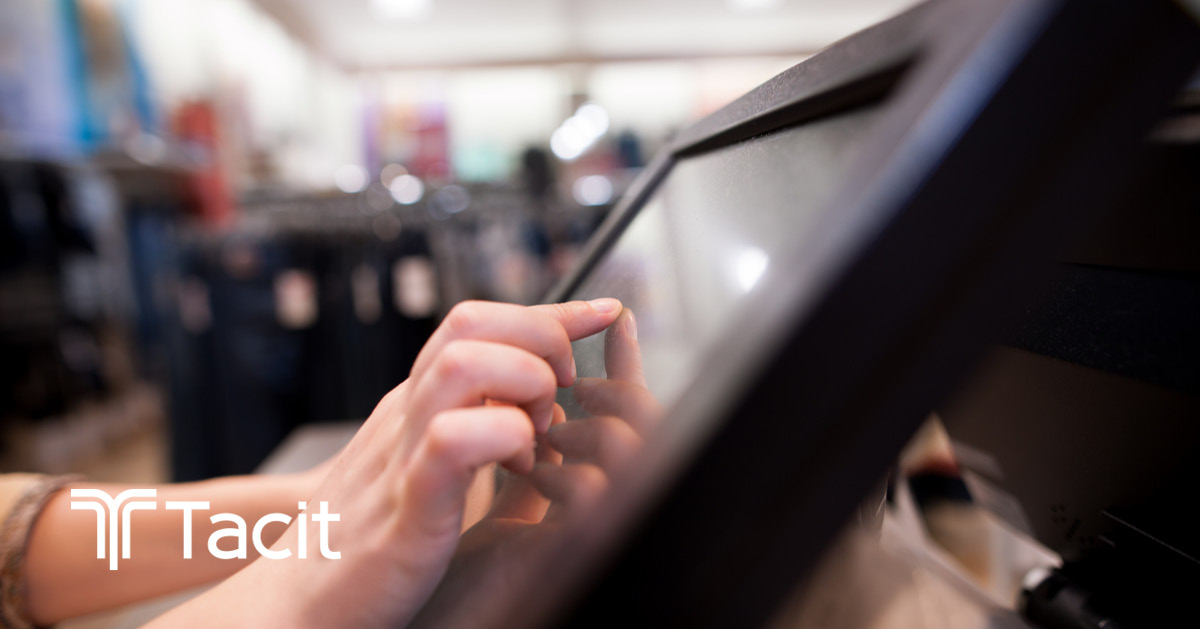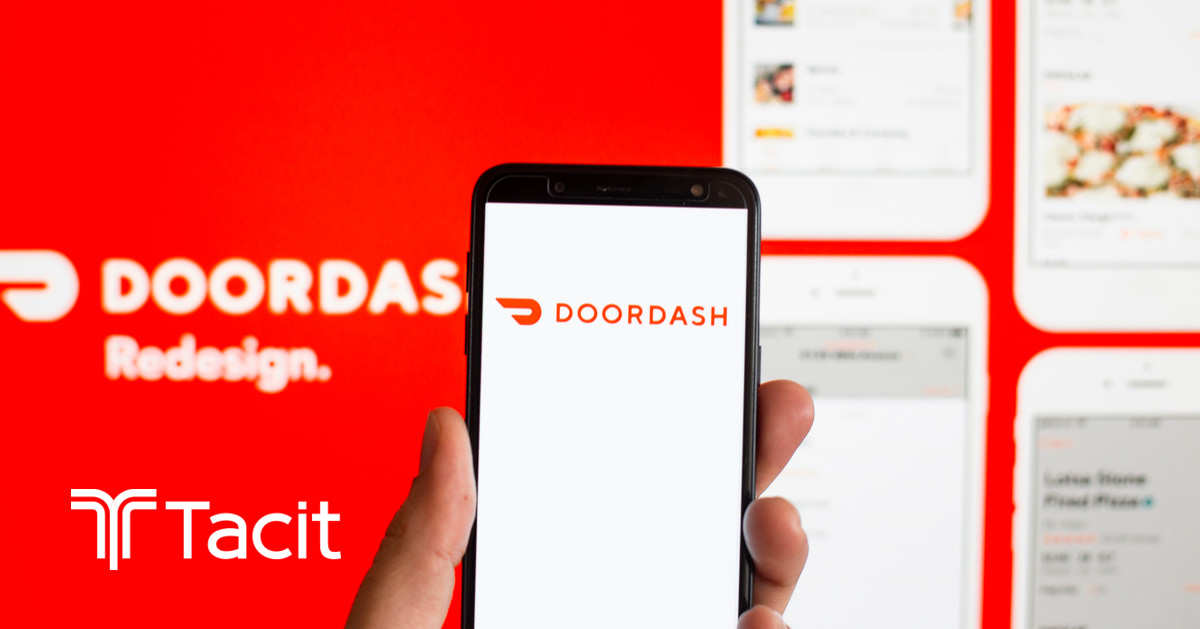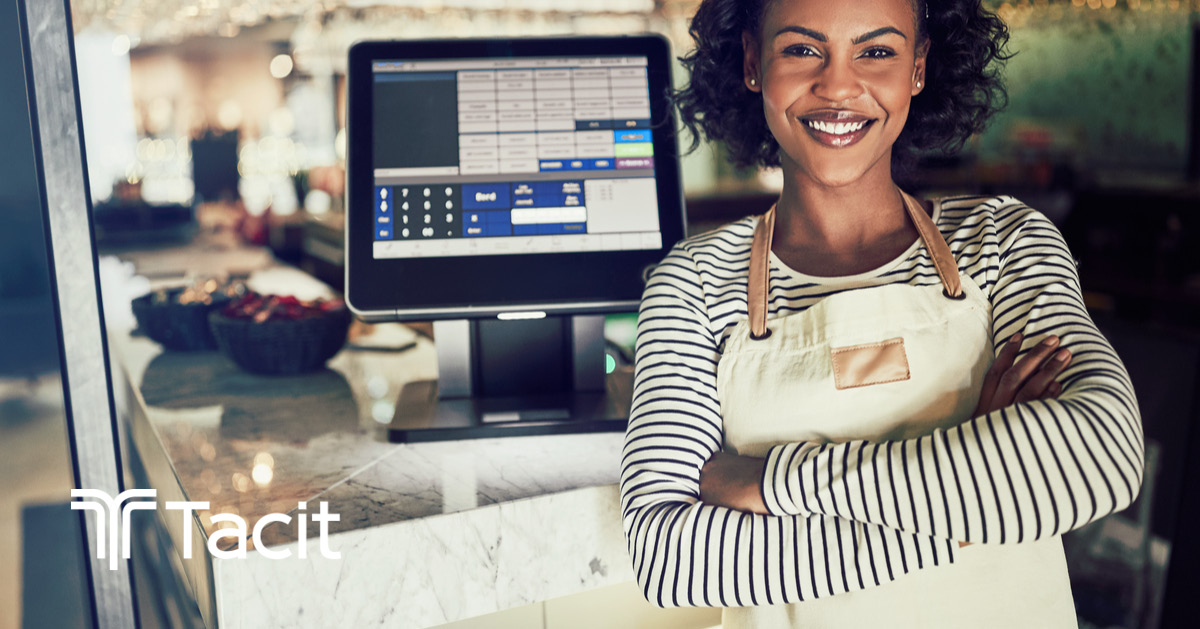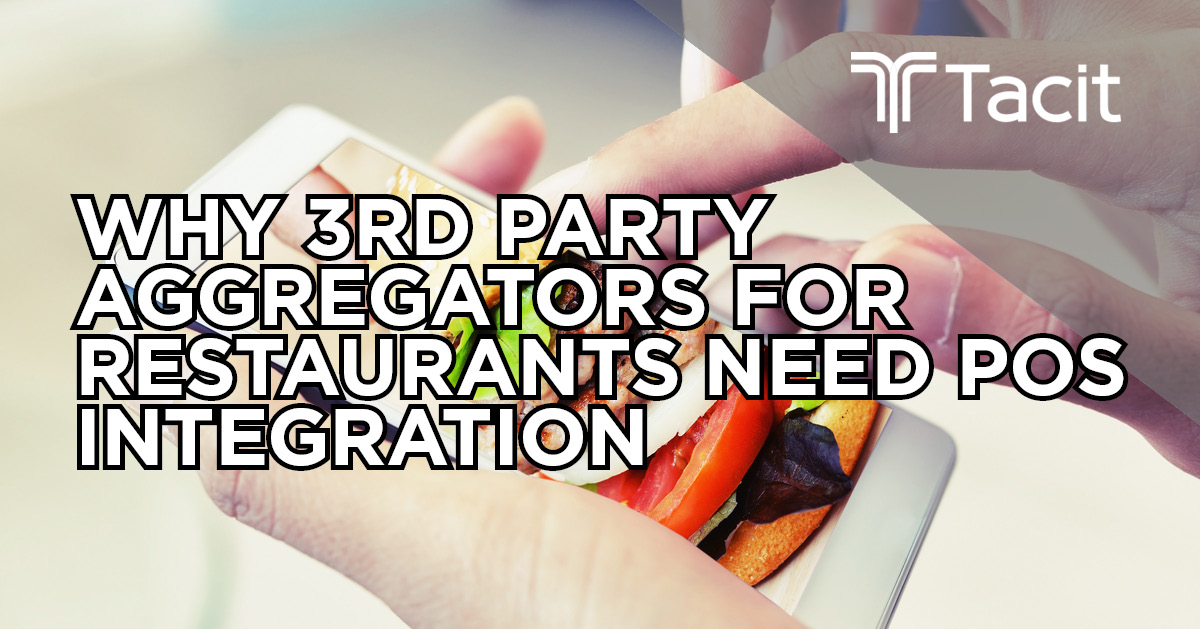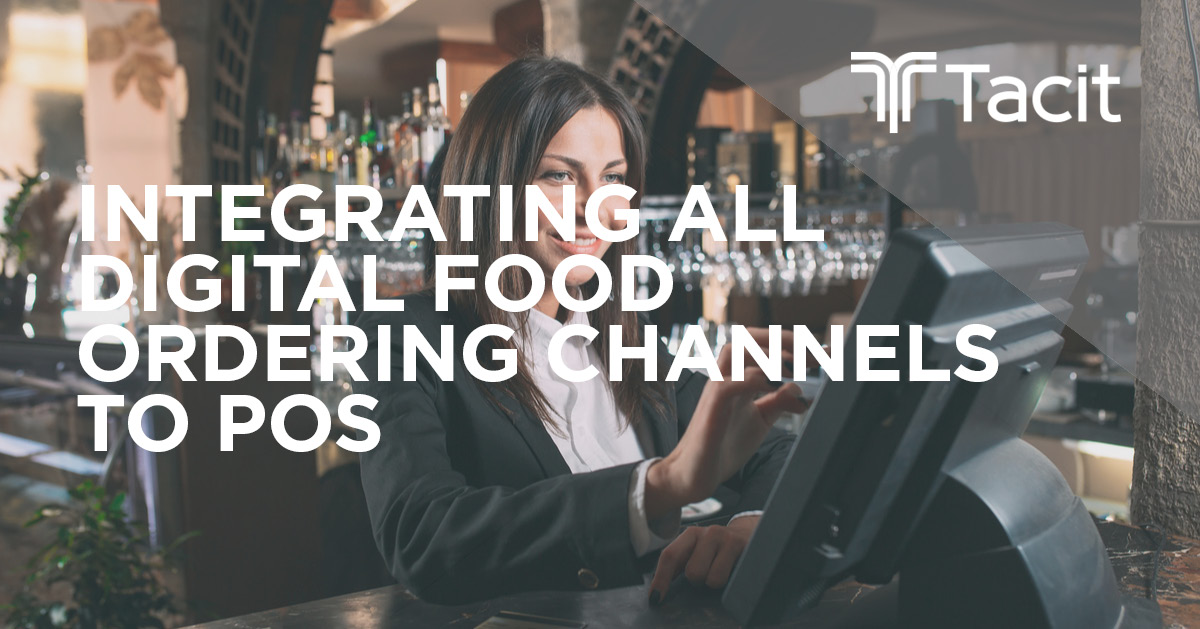26 Sep Omnichannel Food Ordering Results in New Customers, Higher Check Sizes & “Waveless” Operations
Omnichannel is not a new concept, and its impact has been felt throughout the retail sphere. However, the ongoing demand for anything anywhere has begun in other industries, including hospitality and restaurants, says Hospitality Technology. These industries were once believed to be immune from omnichannel transformation. After all, how could a person really expect omnichannel capabilities from a dine-in establishment? Then, food delivery changed the game. UberEats, Grub Hub, Favor and DoorDash rose to power in the marketplace to satiate the demands of consumers that wanted more delivery options and to more places. Today’s restaurant operators need to understand the potential in omnichannel food ordering and how to stabilize it.


